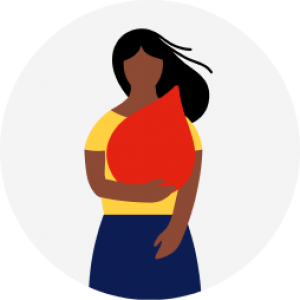
Haemoglobin is a protein found in red blood cells and its primary function is to transport oxygen to the tissues in your body. Every part of your body needs oxygen to survive.
Iron gives haemoglobin in our blood cells their red colour and is absorbed by eating iron-rich foods.
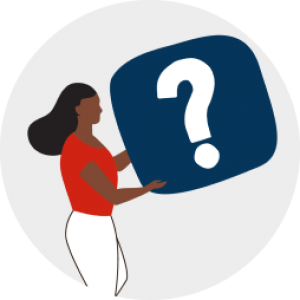
It’s common for people to think that iron and haemoglobin are the same thing, but they’re actually quite different.
Iron is a component of haemoglobin and is also found in other parts of the body. It's possible to have a normal haemoglobin level but be low in iron.
Iron is usually absorbed through your diet and is essential for the body to function normally and to make haemoglobin.
What can happen if I have low iron levels?
A low iron level is called iron deficiency. This may cause tiredness. If your iron deficiency is severe, your haemoglobin level can drop too. This is called iron deficiency anaemia.
Symptoms and causes
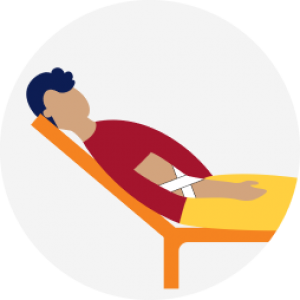
- Tiredness
- Feeling faint
- Pale skin
- Becoming breathless more easily

- Bleeding
- Diet low in iron
- Poor iron absorption from the gut
- Heavy menstruation (periods)
- Bleeding from the gut (which may not be obvious)
- Multiple blood donations
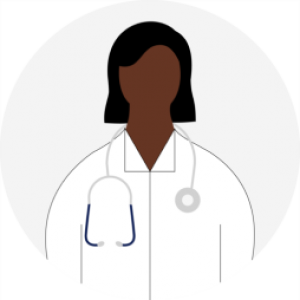
See your doctor who’ll assess your symptoms, investigate and let you know whether iron supplementation (often in the form of tablets) is a good option for you.
Finding out and treating the cause of iron deficiency will ensure serious problems are ruled out and you get the right treatment.
If you need iron supplementation, make sure you take the one your doctor has recommended: many tablets, including multivitamins, do not contain enough iron to treat iron deficiency.
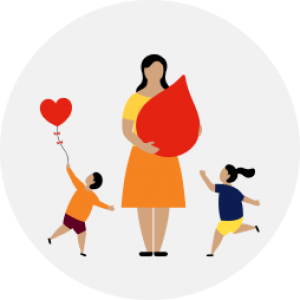
Please also be aware of the following:
- Iron tablets, like all medicines should be kept in a locked cupboard out of reach and sight of children.
- Too much iron can be poisonous, even fatal in infants and young children.
- Never give an adult dose to a child.
- If a child accidentally takes iron tablets call the Poisons Information Centre immediately on 13 11 26.
Iron infusions
Occasionally you may need to have your iron levels increased quickly, like if you’re about to have an operation or a baby.
In this case your doctor may recommend an infusion of iron into the vein (intravenous iron). Intravenous iron is also used if you can’t absorb the iron from tablets or they cause side effects.
Iron and nutrition
If you are low in iron, diet alone won’t be enough to boost your levels. However, it’s still a good idea to make sure you’re eating a diet rich in iron. This can help you maintain your levels once they’re back to normal.
What’s the best food for iron?
There are two types of iron in food — 'haem iron', which is found in meat, and 'non-haem iron', which is found in plants.
Your body absorbs haem iron much more easily than non-haem iron. Meat also contains a lot more iron than plants, however a well-balanced vegetarian diet can still provide enough iron.
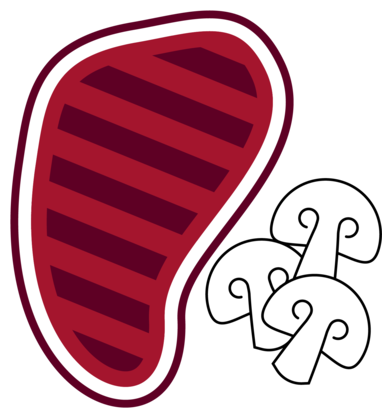 What’s the best way to eat iron rich foods?
What’s the best way to eat iron rich foods?
You can increase (or decrease) your iron absorption by having certain other foods, drinks and medications.
- Red meat contains a lot of iron.
- Vitamin C increases your body’s absorption of iron. Fruits and leafy green vegetables are good sources of vitamin C. These are at their best when raw, lightly cooked or steamed.
- Foods and drinks that reduce the amount of iron your body can absorb include chocolate, unprocessed bran, tea, coffee, red wine and cola drinks.
- Antacids can also reduce iron absorption, as can other medications.
Ways to boost your iron absorption
Mix lean beef and leafy green vegetables in your stir fry.
Add a glass of orange juice or some vitamin-C rich fruit to your breakfast cereal.
Drink tea and coffee between meals, not with meals.
Resources
You may also like
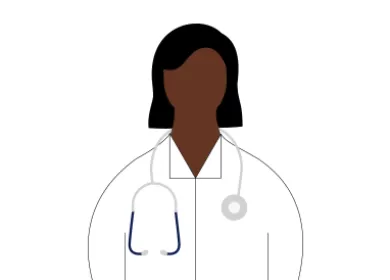
Avoid a transfusion
Like any medical procedure, transfusion isn’t without risks. Sometimes, avoiding a transfusion is the best way forward.
How to avoid it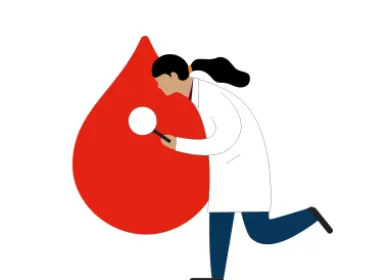
Anaemia
Anaemia can be caused by a few medical conditions. When it gets severe, a transfusion of red cells can help your low red blood cell count and haemoglobin.
How we can help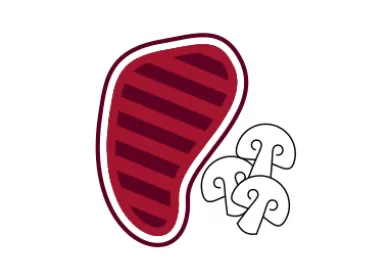
Iron health for donating blood
If you’re donating blood, see our top tips for iron health, including how we check your haemoglobin levels.
Find out more
